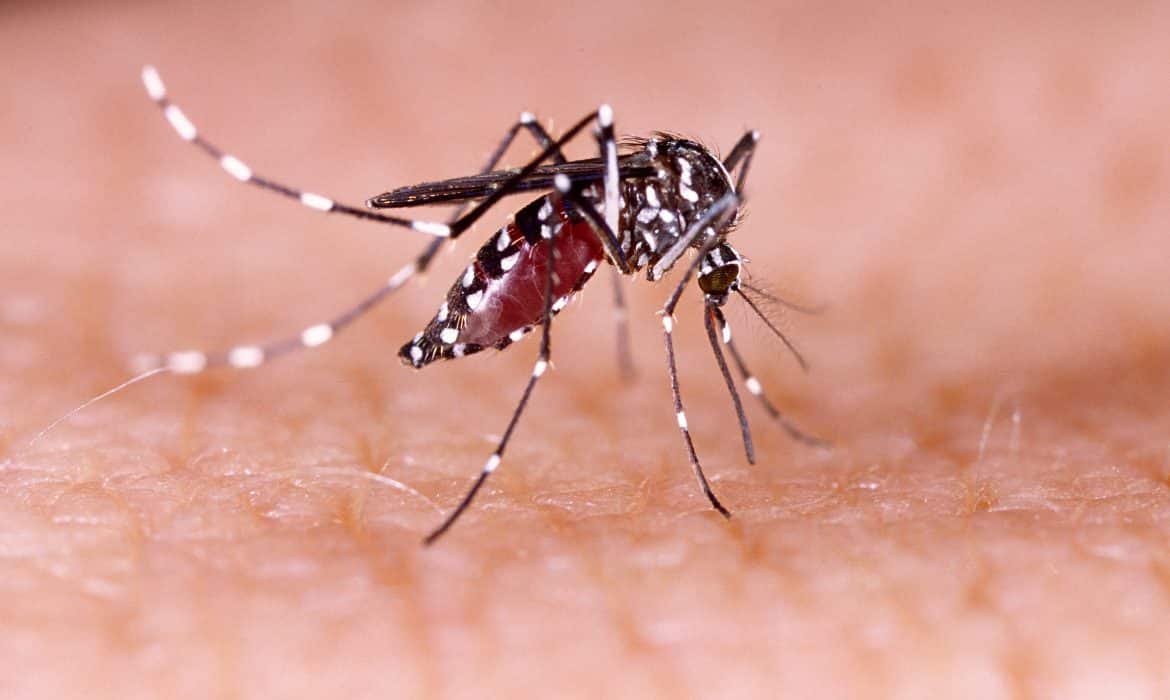By Alicia Rohan
As concerns about the Zika virus rise among women of childbearing age in the United States, Joseph Biggio, M.D., director of the University of Alabama at Birmingham Division of Maternal-Fetal Medicine, wants those who are pregnant or trying to conceive to take precautions.
Risks and recommendations
The greatest risk for Zika is in the first trimester of pregnancy. Women who are pregnant or are trying to become pregnant should avoid exposure to the virus by limiting travel to areas where Zika is being transmitted. There is not definitive proof of how Zika is transmitted from mother to fetus, but it is related to the levels of the virus in the mother’s blood.
Women who are traveling to tropical or subtropical areas should discuss plans with their physician prior to going on these trips. If a woman is pregnant or is trying to become pregnant, travel may need to be delayed, and those who have recently traveled to such an area should contact her physician for testing, whether symptoms are present or not.
As of today, all of the Zika viruses reported in the United States have been associated with travel to countries where Zika transmission is happening. According to Biggio, the risk of acquiring Zika in the United States is very low.
Still, Biggio recommends women take precautions.
“If you are pregnant, I recommend protecting yourself and your baby by using insect repellents,” Biggio said.
Insect repellents that contain DEET and picaridin are thought to be safe for pregnant women. Concentrations of DEET are less than 30 percent for the majority of insect repellents. Picaridin has not been associated with birth defects. Spray the insect repellent on clothes instead of the skin to try to decrease some absorption.
Zika in men and women
A man or woman will have the virus in his or her bloodstream for one to two weeks after infection. The virus circulates in the body through various organs where it can be shed for another one to two weeks.
It is unknown how long the Zika virus is shed in male semen, but the current recommendation is that men who have traveled to areas that have seen Zika transmission should abstain from intercourse or use condoms regularly to avoid exposing a pregnant partner or a partner who may become pregnant. If the male partner has had symptoms, this practice should be continued for at least six months; in the absence of symptoms, the time period for abstinence is a minimum of eight weeks.
For couples trying to conceive, the best recommendation is to avoid travel to Zika-transmission areas to prevent early exposure in pregnancy. Couples in which the female partner is pregnant but the male partner has traveled to a Zika-affected area should either abstain from any type of intercourse or use condoms correctly and regularly with all sexual activity throughout pregnancy.
“It is believed that the Zika virus is transferred from maternal bloodstream to fetal bloodstream through the placenta, where the virus stays for a long period of time, providing continuous exposure to the fetus,” Biggio said.
During pregnancy, the placenta may harbor Zika allowing it to be present for a longer period of time and causing harm to the fetus. After delivery, the woman should not experience additional symptoms related to Zika, and the virus should not affect future pregnancies.
Zika and babies
Initially, microcephaly was the main concern in relation to Zika. The virus seems to affect the brain tissue, preventing normal growth and provoking an immense immune response affecting other developing tissues. Because of the high viral levels in the placenta, Zika can cause other brain abnormalities, damage to the eyes and hearing, as well as stillbirths.
The long-term impact of microcephaly on a child depends on the cause of microcephaly and the underlying problems in the brain.
“Most infants who have microcephaly from Zika virus may have severe neurologic issues and be at increased risk for seizures, developmental delay and other neurologic abnormalities,” Biggio said. “If Zika is diagnosed during pregnancy, treatment is based on symptoms for the mother and surveillance for the baby through the remainder of the pregnancy.”
For infants born with microcephaly, there are no particular treatments that can be done to reverse the effects of the viral infection. Early intervention can be provided based on the symptoms with which a baby is born to address the special needs of the child.
–Courtesy of UAB School of Medicine
(A Wellness Update is a magazine devoted to up-to-the minute information on health issues from physicians, major hospitals and clinics, universities and health care agencies across the U.S. Online at www.awellnessupdate.com.)













